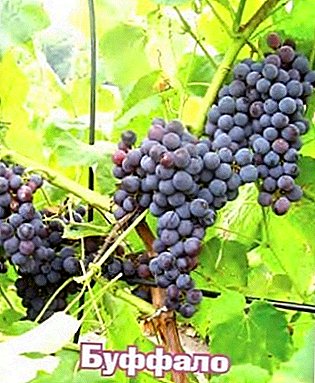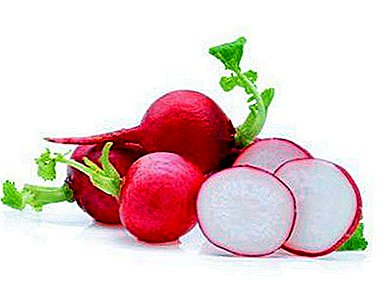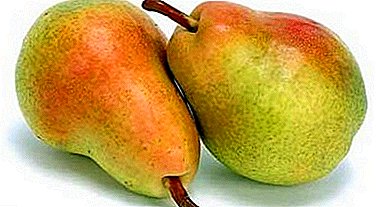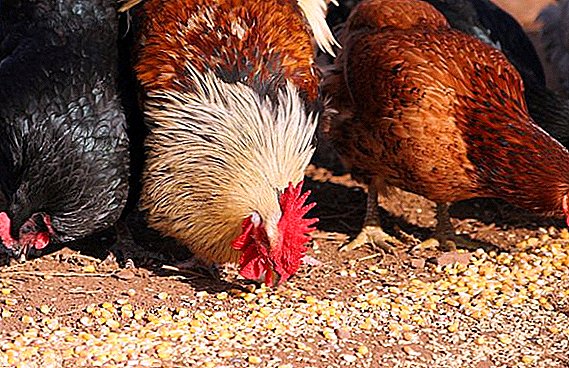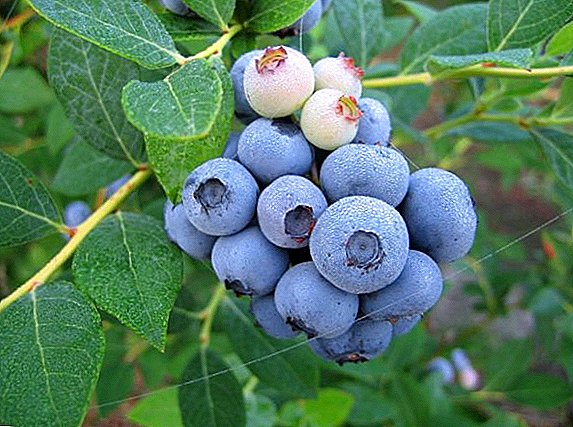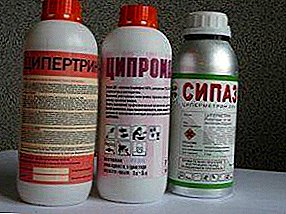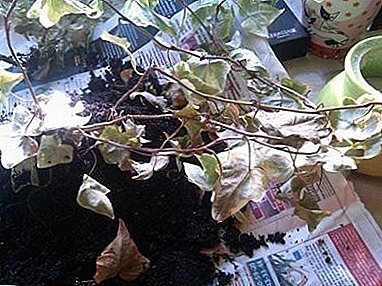
Ivy or (Hedera lat.) - evergreen shrub. It contains more than 100 forms and varieties.
Due to the presence of roots - suckers, the plant, clinging to any support, is able to cover various surfaces with bright green mass: walls, arches, ceilings, columns.
The plant differs in a variety of coloring and a form of leaves and by right is a decorative ornament of any room, is used for landscaping.
Room ivy diseases and their treatment
 Ivy is not demanding, so taking care of it is not particularly difficult for florists.
Ivy is not demanding, so taking care of it is not particularly difficult for florists.
It is only necessary to observe comfortable conditions for the healthy growth and development of the flower.
Why does ivy dry? What if this happens? You will find the answers below.
Violation of these conditions can lead to various heder diseases. It is advisable to know the reasons why your green pet suddenly begins to turn yellow and wither:
Do ivy leaves dry, how to help?
- heat, dry air in the room. Why do ivy dry and fall leaves? The answer is simple. Ivy does not like heat, comfortable temperature for it is 18-22 degrees. In the warm season (spring, summer), the flower must be regularly sprayed with well-settled water and placed in a cooler place. In winter, ivy should preferably be kept away from central heating radiators. The flower is not afraid of drafts, therefore the place at the balcony door or window leaves is favorable for it;
- lack of moisture. Hedera needs regular watering. Watering should be moderate, the soil in the pot should be wet, but you should not turn the soil into a swamp. The root system of ivy is superficial, an excessive amount of water can lead to rotting of the roots;
- pest damage, in this case, spider mite.
Leaves fall, what is the reason and how to help?
- age of the plant. In adult ivy, the leaves at the base of the stems have a peculiarity to periodically fall off. It is necessary to prune bare stems. The flower will get a more magnificent view due to the appearance of a young growth;
- lack of light. Despite the fact that ivy is considered a shady plant, the lack of light can sometimes be the cause of falling leaves. It is worth trying to change the location of headers;
- excessive air dryness can also lead to abundant leaf fall. In the warm season, ivy needs regular spraying, in winter the flower is placed in a cool place, reduce watering and give rest.
The leaves turn pale, lose their bright color (refers to the variegated varieties heder)
 lack of light. Unlike dark green ivy species, its variegated varieties like an abundance of light (except for direct sunlight). With a lack of lighting, the leaves lose their variegated color, fade and eventually become a uniform green color;
lack of light. Unlike dark green ivy species, its variegated varieties like an abundance of light (except for direct sunlight). With a lack of lighting, the leaves lose their variegated color, fade and eventually become a uniform green color;- cramped pot. The ivy root system requires space for full development. Since its root system is superficial, its capacity should not be deep, but wide enough.
During transplantation of expanded ivy into a new pot, the plant can be propagated by dividing the bush.
New leaves are small, located at a great distance from each other
- lack of light.
Yellowing leaves, causes
- excess moisture. Need to adjust watering;
- excess fertilizer. Ivy needs additional nutrition all year round. It is necessary to fertilize a plant according to a strict schedule: from March to September 2-3 times a month, from October to March - once a month.
A photo
Photos of indoor ivy diseases:




Pests and control of them
Excessively dry air in the room, insufficient watering (prolonged drought) weakens the plant immunity and leads to the appearance of parasites. Heder "adore" spider mites, shchitovki and aphid.
- spider mite It spreads very quickly. Signs of damage are visible to the naked eye: ivy is as if entangled in thin white cobwebs, leaves dry and fall;
- schitovka. Her wax plaques can be seen on the inside of the leaves. The plant slows down in growth, the leaves turn yellow, fall off;
- aphid. It reproduces very quickly. It grows on a flower in whole colonies. Able to suck the juice completely from the stem and leaves of the plant. Plyushch yellow, fade.
IMPORTANT! A spider mite is one of the most dangerous parasites for ivy. It can kill a plant within 2 weeks!
 At home, you can cope with pests using a solution of any insecticidal agent (Karbofos) or a solution of ordinary laundry soap (dishwashing detergent is also suitable).
At home, you can cope with pests using a solution of any insecticidal agent (Karbofos) or a solution of ordinary laundry soap (dishwashing detergent is also suitable).
In the first case, the plant is carefully sprayed, without disregarding any sheet, after a week the procedure is repeated.
In the second case. Soap solution less harmful to the plant therefore, the treatment procedure can be carried out 2-3 times a week. The plant is carefully sprayed and placed for an hour under a plastic bag, then rinsed with warm water.
Conclusion
Do not wait until your handsome ivy gives you a signal for help. Observe the necessary rules for the care of the plant, be attentive to its needs and the flower will delight you with lush, healthy greenery.


 lack of light. Unlike dark green ivy species, its variegated varieties like an abundance of light (except for direct sunlight). With a lack of lighting, the leaves lose their variegated color, fade and eventually become a uniform green color;
lack of light. Unlike dark green ivy species, its variegated varieties like an abundance of light (except for direct sunlight). With a lack of lighting, the leaves lose their variegated color, fade and eventually become a uniform green color;
